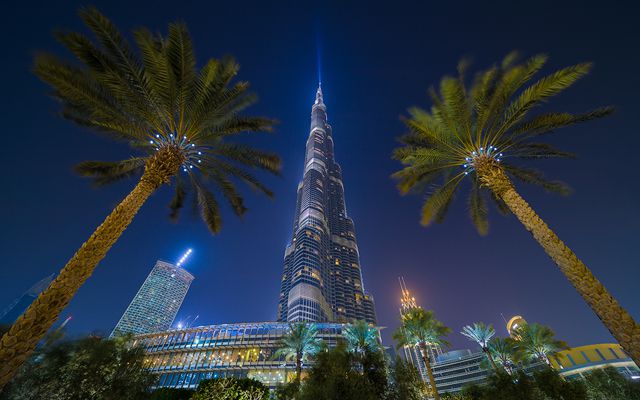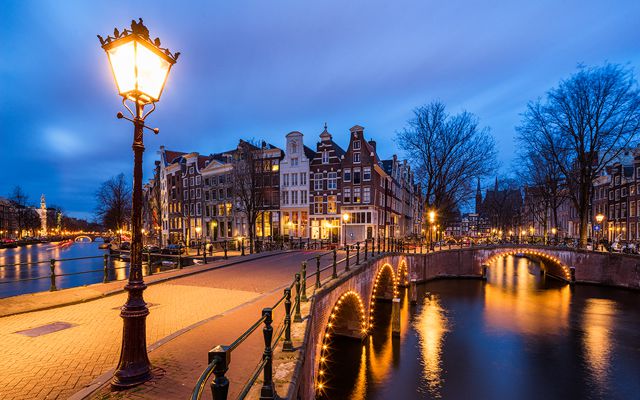The tiny cathedral
While I do use a tilt-shift lens all the time, I don’t do many tilt-shift photos. The problem is, if you use a wide lens, like the 17mm one I have, you can’t really create a nice miniature effect. You need to zoom in a bit, to compress the perspective. Without that, it just does not look right.
For this photo, I used a 90mm tilt-shift lens. This one works really well for creating miniatures, you just have to be a bit further away, as you can’t zoom out. This is a blend of three exposures, done in Photoshop.






















